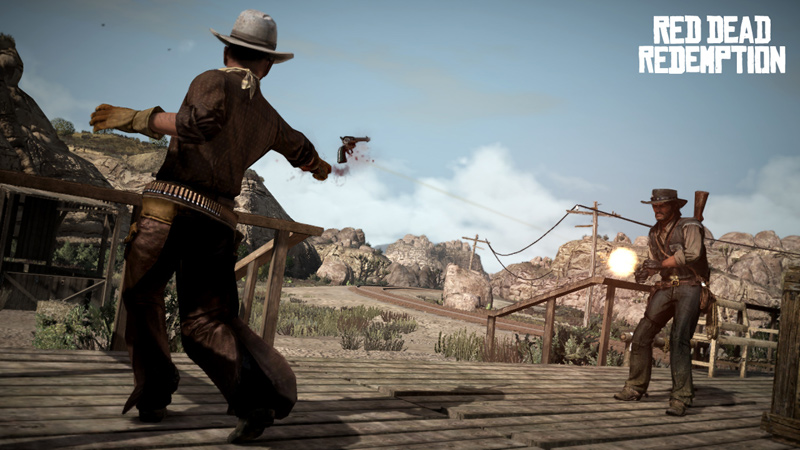What stands out about the latest release in the Grand Theft Auto series is the overwhelming size of the game’s map and storyline. However, after playing the game for a while, it becomes apparent that Rockstar Games has done an excellent job at balancing the game by utilizing multiple characters to provide just enough open-endedness for players to explore, while also constraining in-game activities with careful narrative design to keep engagement high during gameplay.
For those unfamiliar with Grand Theft Auto Five (GTA V), players engage in criminal activity, completing missions to perform robberies, steal cars, engage gangs, and other ‘questionable’ activities all while painting a satirical view of the Millennial generation in post-economic-crisis America. Players can steal cars and cruise around a huge map, completing missions in the game or having fun interacting with the environment.
Grand Theft Auto V Official Gameplay Trailer
While the game map appears overwhelming at first, the use of multiple characters with different skillsets helps to provide flow to the game. Each of the three playable characters in the game have different identities (personality and skills), and vaguely correspond to portions of the map where they complete missions and interact with each other. For example, one character is at home in the inner-city, and has the personality to match – and many missions correspond to that particular lifestyle.

While playing the game, one can switch between the three characters to add variety to the gameplay. Players can customize appearance, buy / customize cars and weapons, and further invest identity into the three characters in the game.

Narrative Design and Gameplay
A recent article celebrating the 20 year anniversary of Myst, celebrated for its unique place in game narrative design, highlights Myst’s contribution to dynamic storylines in games. For years, the ludology vs. narratology debates have framed game design: debating whether games are primarily focused on gameplay and game mechanics, or unfolding stories (branching narratives) that are similar to other storytelling media. As discussed in the article, Myst achieved a cult following without players using guns, weapons, or other types of hand-eye coordination required in most games. Players in Myst explored a serene world armed with a sense of curiosity; uncovering bits of a huge story that engaged players in a way not done in games before (as argued by ludologists, who see games primarily through rules and gameplay, as exemplified by almost any classic Atari game).

While Myst supposedly changed gaming, the dynamic narrative presented in the game has never been duplicated. The cult following of the game seemed to die off, and the game industry moved on. Years later, Will Wright (creator of SimCity, The Sims, and Spore) again revolutionized game narratives for Spore by allowing players to design their own narratives in the game.

In theory, Spore was going to change gaming, allowing players to continually build and evolve game narrative (through the game’s Internet-based multiplayer crowdsourcing of content). However, the lack of constraint often led to player boredom, as engagement dropped off from too simple of a gameplay.

Rockstar has further perfected the balance of gameplay and narrative, building on previous games in the GTA series and titles such as Red Dead Redemption (read our review). Player engagement appears to be maximized in the continuum between too-linear of a narrative, where players focus on gameplay, and too-dynamic of a narrative, as found in Spore, where players’ open-ended exploration can lead to boredom. However, a simple and linear narrative that focuses more on gameplay (such as Nintendo’s Super Mario Bros., or many first-person shooters like the Call of Duty series where players cannot deviate much from the storyline as the game progresses) can limit the investment of identity by players into the game. Some player customization and choices in the storyline can go a long way, while too much can detract from gameplay and goal achievement.
While GTA V’s satirical picture of Millennials of Americans was often amusing, the underlying truths could cause a break from the gameplay and flow (more so than the immorality of player activity in the game). However, the game maximized fun by pushing the envelope of game design to new levels in gameplay and narrative design, along with a healthy investment into music, sound and excellent graphics that push current consoles to their limits. Other great role-playing games often overwhelm players (such as The Elder Scrolls IV: Oblivion and it’s large map and story), but Rockstar manages to overcome this by carefully balancing their large storyline with engaging gameplay, creating hours of fun for players. Kudos, Rockstar.
Any thoughts on the game? Please leave your comments below.
Written by: Matthew Sharritt, Ph.D.
Posted by: Situated Research
